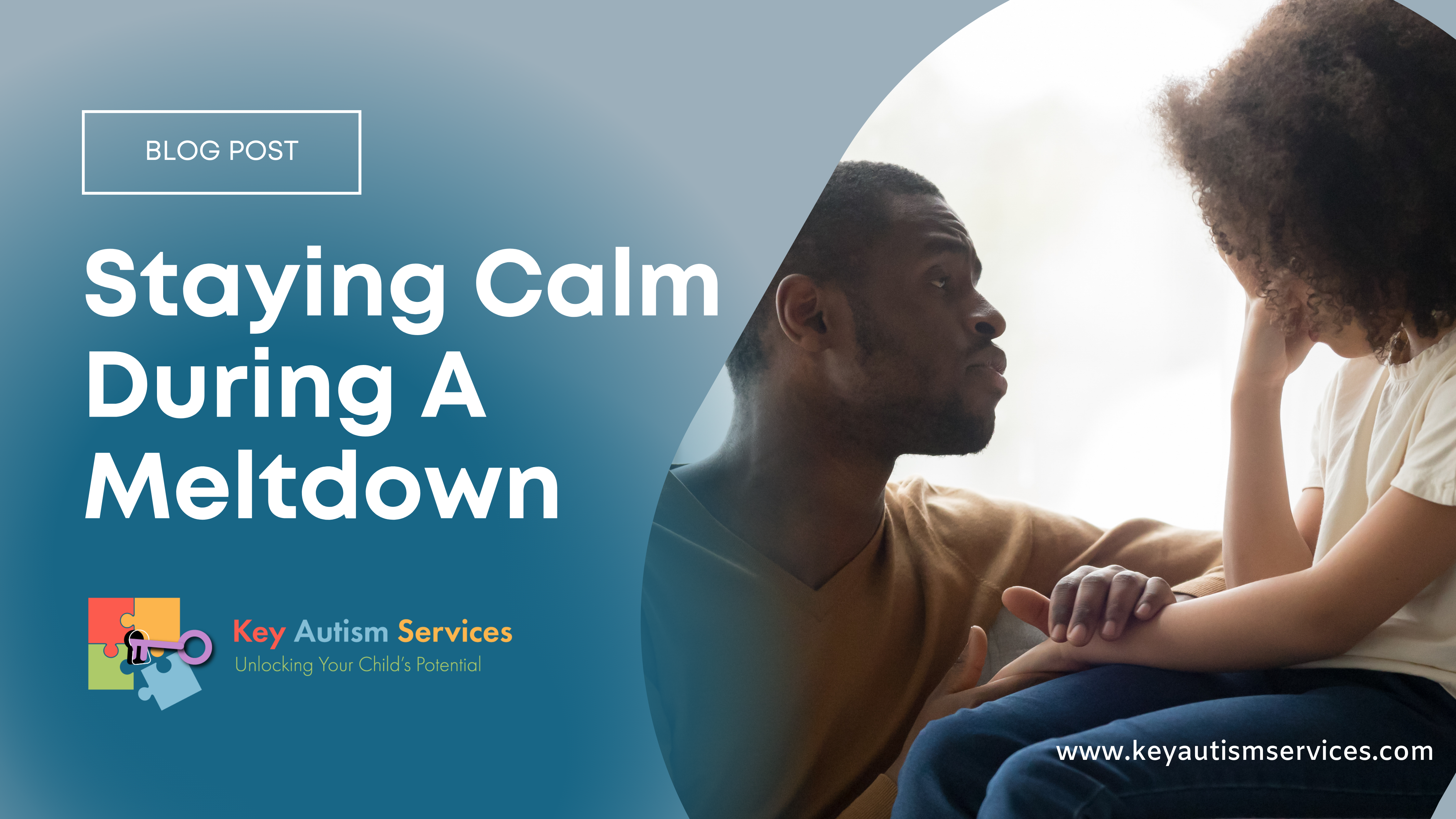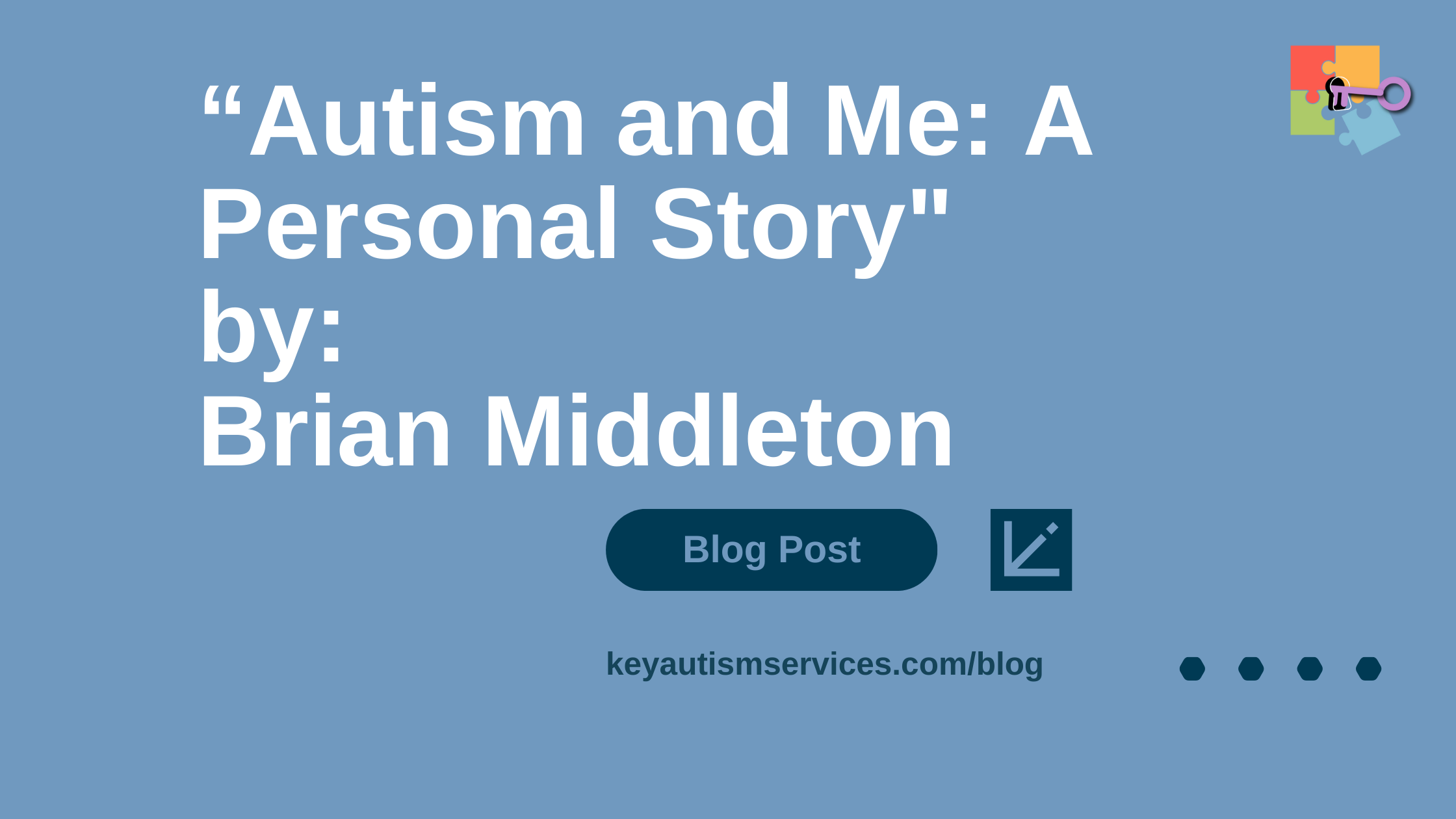How do you feel when your child with Autism is loud, crying, screaming, dropping to the floor, sometimes trying to hurt themselves in the process, etc.? Do you why they are reacting this way? Do you get upset and react verbally and loudly? Do you take out your anger by breaking something or ripping something? Do you jump into protective mode and try to hug and console your child? Do you break down and cry too? How do you react? Do you introspect and reflect after? Do you have a game plan when your child has a meltdown?
Let us take some steps to understand this better, gain some confidence, and better prepare for when those meltdowns happen.
Ask yourself these questions to get this reflection process going
- Is this a meltdown or a tantrum? Do you know the difference?
A meltdown typically occurs when an individual is unable to control their reactions towards internal factors such as sensory issues (sensitivity to materials, reacting to medication, overheating or reactions to medications, have some GI issues, etc.) or external factors such as loud noises from vacuum cleaners or lawnmowers, phobias to certain things like bugs, being in crowds, being around unknown people, when it goes dark? Meltdowns usually occur due to the tension, stress, and therefore overwhelming reactions to deal with the emotions that they are feeling and sensory stimulations that they are unable to tell anyone about. Meltdowns can occur regardless of whether the individual has limited, moderate, or full verbal abilities. Hence these are tricky when they occur.
A tantrum is a more intentional reaction due to the want for a specific item, activity, or to escape or avoid a demand or task. At least tantrums start as a very targeted reaction but could end up as a meltdown if the individual gets overstimulated by their physiological reactions and cannot bring it under control. Tantrum behavior reduction plans are customized and can have specific reactive strategies in place to quickly de-escalate the situation.
Bottom line – it is not fun to handle either of these.
The Dos and don’ts below are helpful to address Meltdowns, which is the focus of this blog. Knowledge is power, so please read on.
Dos and Don’ts during Meltdowns:
Once you have determined that the episode is a meltdown, consider the following:
DO understand and empathize with your child. Do not take this personally and/or become judgmental. This is not about you. You are not to blame. It is no one’s fault. This is about your child trying to cope with the pressures, stress, and sensory reactions. They could be in pain and are not able to verbally communicate this. Stay calm and “listen” by observing and reading your child’s body language. If your child is verbal and can tell you something, then wait before asking them to explain or say anything when they are fully calm and not in the moment.
DO NOT counter-question your child or also visibly react when the meltdown is occurring as this can worsen the situation and escalate the behaviors, thus causing stress for both you and your child.
DO provide support and comfort by holding them if they want to be held or sitting with them if that is all they need. Give them the space that they need and is appropriate.
DO NOT show panic or stress around the “already stressed” child is not helpful to anyone. Drink some water and take some deep breathes to help calm your state of mind.
DO scan the physical environment that you are all in and nonchalantly but swiftly remove things or move things that can become a dangerous tool at any point during the meltdown. Make sure safety is a priority and that you have some soft cushions or pillows to protect against any self-injurious behaviors such as head banging, hair pulling, biting, etc.
DO NOT leave the child alone during the meltdown. It may take a few minutes to a longer duration of time before the child finally calms down. Be there.
DO ensure that you are prepared if the meltdown occurs in a setting such as in a mall or grocery store, ensure that you are always prepared with a soft jacket, blanket, or even a stuffed toy, if possible, especially if the meltdowns occur frequently. Have a plan in place (as determined and discussed with your BCBA) to know how to keep your child safe in any community setting. If in a place that has working staff around, if possible, seek their help to keep passers and any audience at bay. If no helpful person is around, focus on your child and ignore anyone who is unhelpful. No one is more important than your child in this situation.
DO NOT resort to punitive measures such as time outs, isolation of any sort, etc. no matter which setting you are in. All you can do at this time is to be present, keep everyone safe and stay calm to show your child that you continue to be their anchor.
DO ensure that calming tools such as a preferred blanket or soft toy or any safe gadget are available to help your child calm down. Offer sips of water or preferred drink if this can help calm the client.
DO teach your child and provide strategies to engage in appropriate replacement or alternative behaviors. Do so when he or she is calm and practice this regularly. Strategies could include having him or her read social stories on what to do when they feel upset or overwhelmed, using a visual board with pictures and words to help your child identify key pictures, words or phrases to express emotions, wants, and needs, using modeling videos to show examples of how to react appropriately during stressful times, roleplaying with your child to show them how to access safe coping strategies, practice general stress management techniques like deep breathing, counting, writing or drawing, practicing “melting down” videos that can help destress, engaging in physical exercise, etc.
Guidance for all of this and more can be provided by your ABA team for this.
Thanks for reading! Hope these tips and strategies are helpful for when you encounter a meltdown! You’ve got this!






